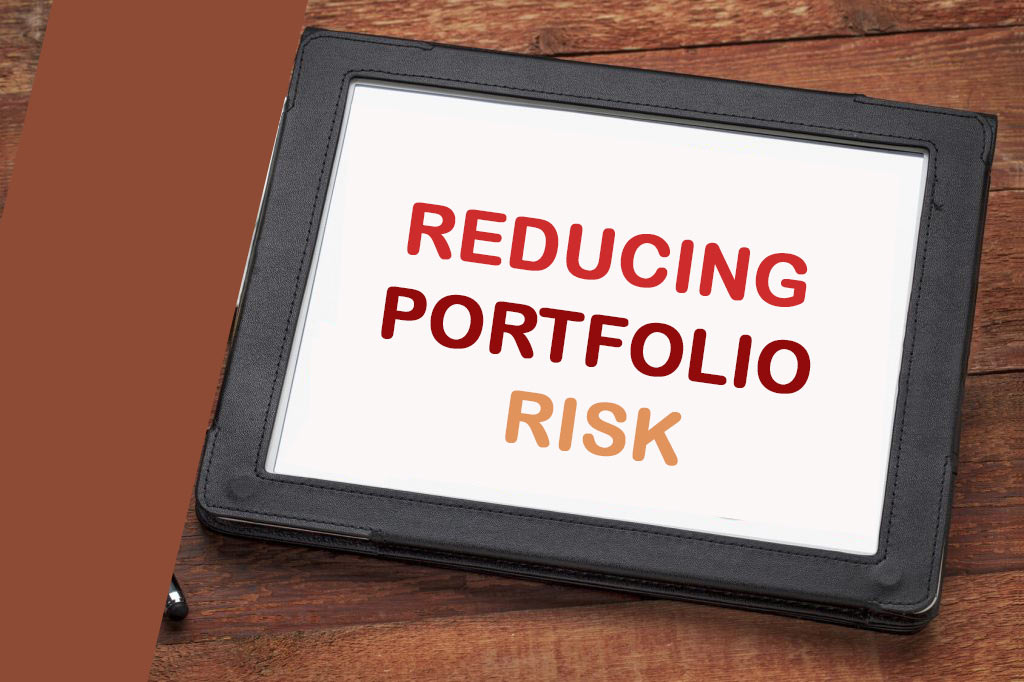Table of Contents
The Strategies to Reduce Investment Risks
Of course, we all know how risky investing in financial assets could be due to the risks involved. All the same, you can still become successful by investing when you adopt the right elements in managing risks.
Managing risk effectively can go a long way in reducing it in our investment as it cannot be avoided. So in this article post, we would share some important tips to help you understand the terms to effectively manage risk and boost your financial literacy level.
As we journey to earn some good returns in our investments to help us in building wealth, managing risks cannot be completely avoided because there would always be some element of risk involved.
When investing in risky investment assets, it would be a great procedure to adopt some good investment risk management strategies to minimize losses and reduce investment risk to a minimum level.

Here are great ways to reduce investment risks
Analyze With Due Diligence
Fundamental analysis of the market will help you to do your due diligence before investing in any type of investment asset to avoid losses. This will help you to understand how the management of a company is performing before buying its stock for long-term investment purposes.
When you do your due diligence with fundamental analysis, you will get to understand how the company will perform in the long term. This will also guide you against the wrong investment procedure that will help you to reduce investment risk.
Go With The Market Timing
You need to focus on the market time instead of timing the market. Instead of timing the market to make a quick buy, you should focus on staying long in the market to help you get the benefits of compounding.
Also, our portfolios won’t be affected by smaller market corrections when you invest for a longer time in the stock market. This will also reduce the overall investment risk.
Understand Your Risk Tolerance
Risk tolerance will help you to decide the loss of your investment fund that you can endure. The risk tolerance of an investor depends on certain criteria like age and the present financial obligations of the investor.
As a determining factor, the younger investors are more risk-tolerant than older investors because the former tend to have fewer financial responsibilities than the latter. Investing early in life can start an investment portfolio with equity that is capable of building massive wealth.
A risk tolerance strategy might not be too suitable for older investors, especially those retiring or who are about to retire. Rather, they should focus more on preserving their wealth.
The Asset Allocation Strategy
Asset Allocation lets you invest in various asset classes as a way to reduce investment risks and give good returns. Asset Allocation comes in several asset classes which include mutual funds, equity, debt, gold, and property.
With an asset allocation strategy, you can choose to invest in inversely correlated asset class combinations. This will help to cushion against the effects of loss in such a way that when a certain asset class is under-performing, the performing one will balance it up.
Sufficient Portfolio Liquidity Strategy
If we have sufficient liquidity in our portfolio, it becomes easy to redeem our investments when the markets are on a downtrend.
Having enough liquid assets in our portfolio will let our current investments deliver, good long-term returns which will also bring about the periodic market correction benefits.
To maintain adequate liquidity in your portfolio, ensure to put aside, an extra fund that will serve as an emergency fund with easy accessibility to cover expenses for up to a year.
Stop-Loss Order
Ensure to use a stop-loss order to the level of minimizing the loss you can incur in your investment portfolio.
Frequent Monitoring Strategy
You need to monitor your investment portfolio regularly even if you are a long-term investor. This way, you will be able to watch the performance of your portfolio and review it periodically.
In as much as try to do a periodic review, it should be done every six months or once a year to avoid panicky that would let you sell at a loss during short-term volatility because some asset classes such as equities are vulnerable to short-term volatility.
Invest in Blue-Chip Stocks
It is always recommended to remain invested in blue-chip stocks as a measure to avoid liquidity risk.
Diversify Your Portfolio
You should consider diversifying the investment portfolios in your asset classes.
For example, when investing in Equity Mutual funds, its asset classes can be diversified by investing in large-cap, middle-cap, or small-cap equity mutual funds.
The diversification portfolio measure will help you reduce the investment risk involved when a particular market cap category crashes.
READ ALSO: The Strategic Ways To Reduce Investment Risk
Final Note
As much as it may sound good to reduce the risk of an investment, such risk cannot be completely avoided because every investment carries some potential risks.
However, the above-listed measures to reduce investment risk can still be implemented to appropriately get a balance between risk and reward ratio as a way to continuously grow your investment and build wealth along the way.
READ ALSO: Factors That Reduce Investment Risk
Frequently Asked Question on Ways to Reduce Investment Risk
What are the 3 stages in risk assessment?
The 3 stages in risk assessment include assessment and analysis of risk, evaluation of risk, and treatment of risk.
When should a risk be avoided?
Risk should be avoided when a company declines its acceptance. It is not allowed to come into existence by not engaging it in action that brings about risk. For example, you can choose less risk in a venture with minimal risk of losing your savings.
What are the 4 main stages of a risk assessment?
The four main stages of a risk assessment include risk identification, evaluating the risk, creating a risk assessment plan, and risk review assessment and communication.
What are the three measures in place to reduce risk?
The three measures in place to reduce risk include elimination, substitution, and administrative controls.
What is a risk reduction?
Risk reduction involves the process to mitigate losses by reducing the effects of a possible loss. This can be a result of some staggering effects of political system.
What are the 5 maintaining risk control measures?
The 5 maintaining risk control measures are risk elimination, risk substitution, risk isolation, engineering risk control measure, and administrative risk control measure.
How do you develop risk controls?
Here are ways to develop risk controls: identifying risks, assessing risks, controlling risks, creating an effective communication system, establishing a workflow process, allocating responsibilities, and reviewing and sustaining the risk control plan.
How do you plan a risk?
Here are ways to plan a risk:
- Identify the risks. …
- Assess and evaluate the risks.
- Allocate the task for the risk control plan.
- Establish a communication process.
- Review and maintain the risk control plan.
What are the 6 steps of risk management?
The 6 steps of risk management:
Step 1: Risk identification. This involves analyzing the work task process to identify all the risks within the work.
Step 2: Risk assessment.
Step 3: Risk control.
Step 4: Risk control process.
Step 5: Risk review and maintenance.

Before deciding on any investment, as discussed earlier, consider your risk appetite because all investment product types carry some potential risks. So do consult with professional advice before investing.
Hope the above strategies to reduce investment risk were useful for you in getting the right investment idea and building the right financial literacy in building wealth.
Kindly share this post so that others can find the information useful. And you can leave a comment in the comment section below on your opinion about reducing investment risk in your portfolio.
Share


